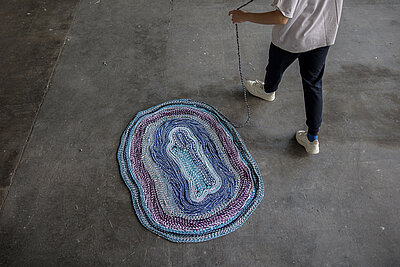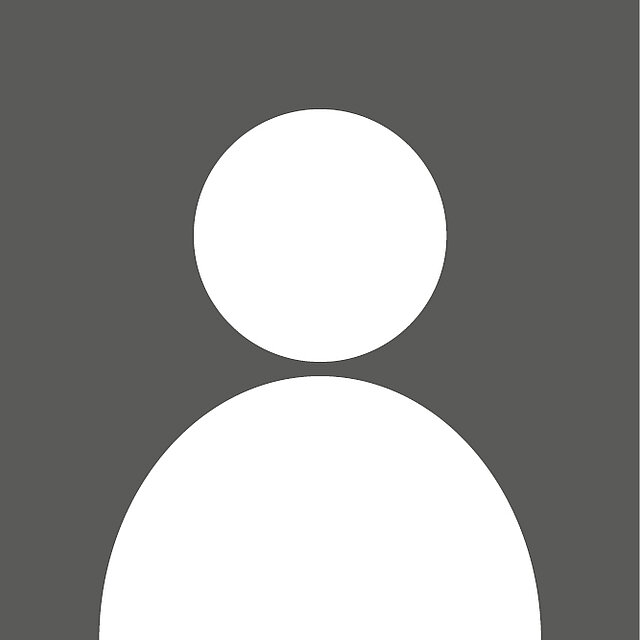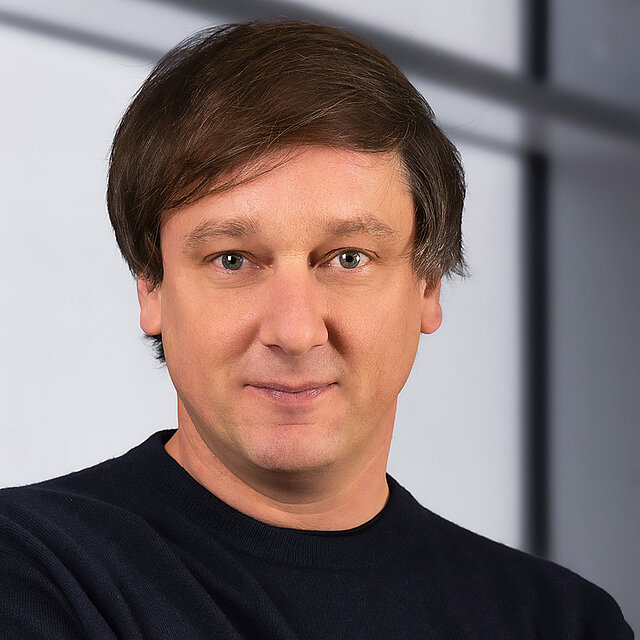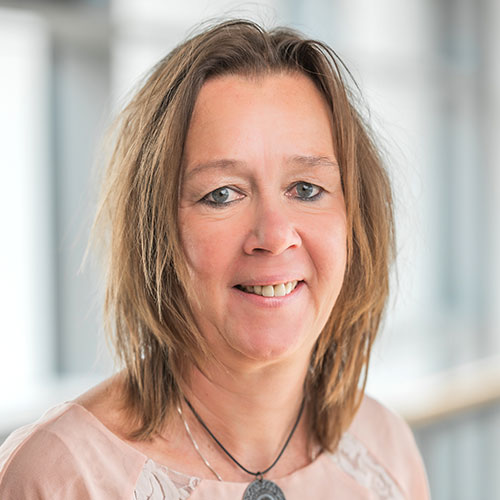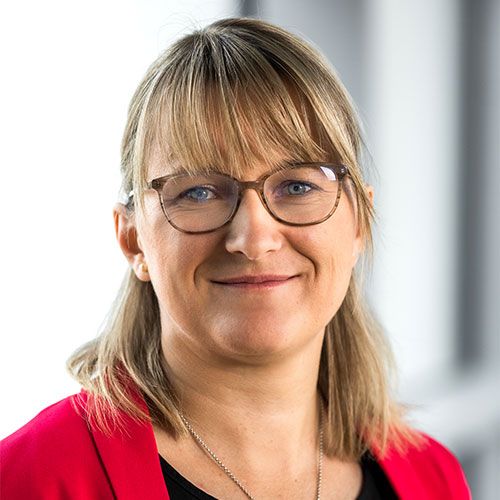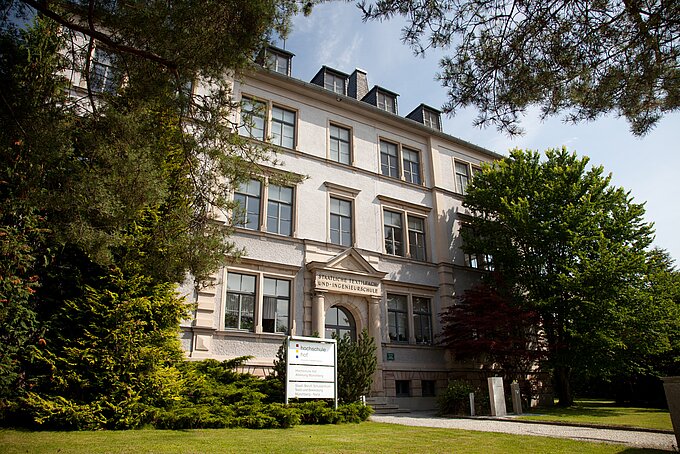
Campus Münchberg
The campus Münchberg is located about 20 km south of our main campus. Here you will find a library, high-tech laboratories and our textile technical center.
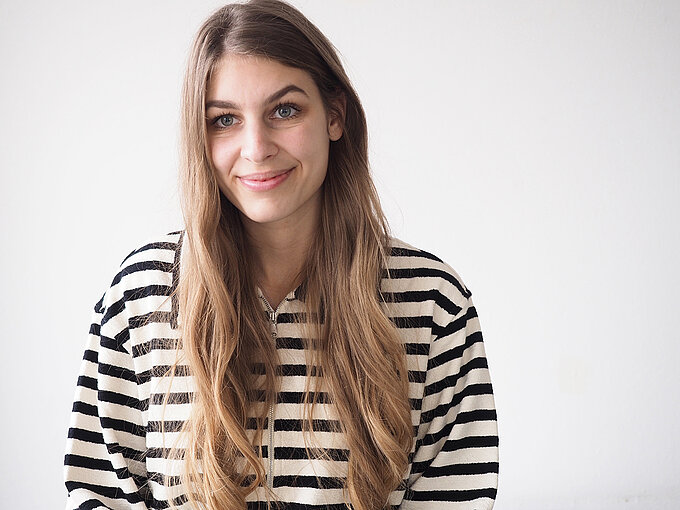
Student Ambassador
My name is Lisa Fuhrig and I am a student ambassador for the textile design program.
I'm studying in Münchberg myself and I'm happy to tell you what we're all about and how the program is structured.
I would be happy to answer your questions - just send me an email to lisa.fuhrig(at)hof-university.de.
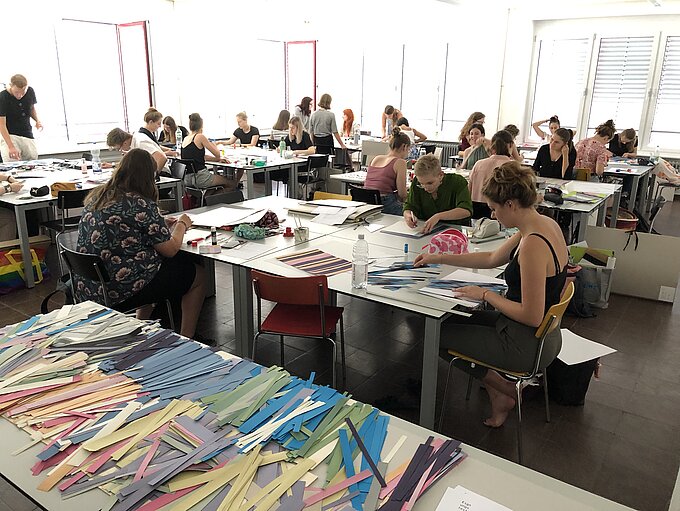
Aptitude test
For an application to the Bachelor's program Textile Design at Hof University, it is necessary to create an artistic portfolio and to participate in an aptitude test.
The aptitude test usually takes place in June at the Münchberg campus; all applicants will be informed about the exact date.
Please bring your portfolio directly with you.
Your portfolio
Your portfolio should include approximately 15 self-created creative work samples that provide information about your artistic talent and aptitude. Sketchbooks can be part of the portfolio. Digitally created works (e.g. screen design, websites, image processing, etc.) should be available as printouts. Non-digitally created work must always be an original component of the portfolio; only three-dimensional and oversized work may be documented in the form of photographs. Photocopies or printouts of drawings and color work will not be accepted. Work samples exceeding A 1 format will not be accepted. The same applies to objects or materials that do not fit into a standard folder.
The portfolio should contain the best work and express your personal creative power. The originality of the work plays an important role. In addition to basic formal-aesthetic skills, some work should reveal experimental problem solving.
Drawing represents a multifaceted and traditional way of directly experiencing and representing the process of perception. These drawings may include objects of the visible environment, still lifes, landscapes, figures, etc., and provide a broad field for the application of different representational techniques - pencil, ink, pastel, etc. Sketches showing your ideas and concepts can add to the variety of expressive possibilities. Drawing work from the imagination can be additionally included.
Color in itself represents another important area of design. Therefore, the portfolio should include some work that shows your sense of color. Besides representational compositions, the sensuality of a color becomes especially visible in abstract compositions. Possible techniques of representation are - tempera, watercolor, acrylic, etc.
Photographs - analog or digital - should be individual perception and interpretation of the visible environment or serve to document 3-dimensional objects. Works specific to the course of study can usefully supplement the application portfolio, but are not mandatory.
You can take part in a portfolio consultation in advance.
Please make an appointment by mail with: arwed.guderian(at)hof-university.de

